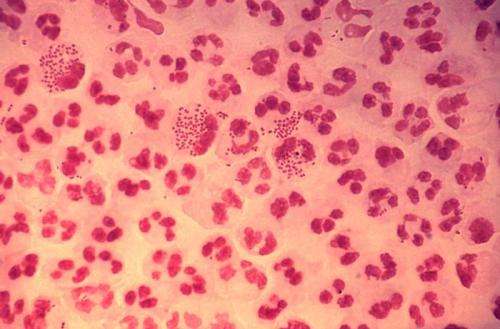Innovative Treatment Shows Promise for Rare Childhood Mitochondrial Disease

A groundbreaking study at NYU Langone Health introduces an experimental compound that shows promise in treating HPDL deficiency, a rare mitochondrial disease in children, leading to notable neurological recovery.
Researchers at NYU Langone Health have made a significant breakthrough in treating a rare and often fatal childhood disease called HPDL deficiency, which impairs the production of CoQ10, a vital component in cellular energy generation. An 8-year-old boy, who experienced rapid deterioration from normal activity to wheelchair dependency within a few months, was part of a groundbreaking study involving an experimental compound that aimed to address the underlying mitochondrial dysfunction.
The treatment focused on administering precursors to CoQ10, specifically 4-hydroxybenzoate (4-HB) and 4-hydroxymandelate (4-HMA), which are more efficiently processed by cells compared to CoQ10 itself. This approach was based on research revealing that the enzyme HPDL plays a crucial role in the synthesis of CoQ10 by converting specific compounds in the mitochondria. The promising results showed that, after two months of daily treatment, the boy regained the ability to walk long distances and even run again, demonstrating significant neurological improvements.
This innovative therapy was developed through a combination of laboratory experiments with genetically engineered mice and clinical application. Mouse models lacking HPDL showed critical mitochondrial deficits, but supplementation with 4-HMA or 4-HB restored mitochondrial function and mobility in over 90% of the animals. These findings paved the way for compassionate use of the treatment in the young patient, who continued to show partial recovery, including improved balance and endurance.
The discovery was a serendipitous byproduct of research initially targeting cancer pathways, illustrating how fundamental scientific studies can lead to unexpected medical advances. This treatment exemplifies the potential for precursor molecules to bypass challenges faced by traditional CoQ10 supplementation, which is often poorly absorbed. The study highlights the importance of timely intervention during specific neural development windows to optimize outcomes.
NYU Langone owns the intellectual property developed from this research and is pursuing further development and licensing. The case underscores the broader implications, as CoQ10 deficiencies are linked not only to rare genetic disorders but also to common diseases like heart disease, diabetes, and neurodegenerative conditions. The research team emphasizes that ongoing studies aim to determine optimal dosing and treatment windows to maximize benefits for a broader patient population.
This breakthrough represents a significant step toward a targeted therapy for mitochondrial diseases, offering hope for improved management and quality of life for affected children and adults.
Stay Updated with Mia's Feed
Get the latest health & wellness insights delivered straight to your inbox.
Related Articles
England Launches Pioneering Gonorrhea Vaccination Program to Combat Rising Cases
England has launched the world's first routine gonorrhea vaccination program in response to rising cases and antibiotic resistance, aiming to reduce infections significantly.
AI Shows Promise in Detecting Advanced Breast Cancer but Can Miss Some Cases
A study reveals that AI-powered mammography effectively detects many invasive breast cancers but still misses about 14%, highlighting the need for continued radiologist oversight in breast cancer screening.
The Role of Fetal Autopsies in Preventing Stillbirths and Addressing Society’s Blame
Fetal autopsies are essential for understanding and preventing stillbirths but are underutilized and wrongly used to blame mothers, especially in criminal cases. Improving access and expertise is key to better outcomes.
Link Between Neurodegenerative Proteins and Bipolar Disorder in Brain Regions
Emerging research links neurodegenerative proteins with bipolar disorder, revealing structural brain changes that could influence diagnosis and treatment strategies.



